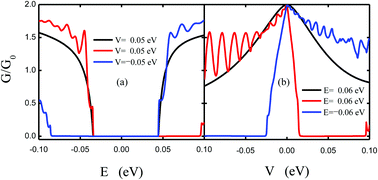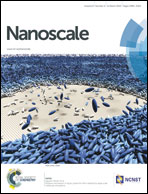Electrical tuning of transport properties of topological insulator ultrathin films
Abstract
Considering that topological insulator (TI) ultrathin films (UTFs) provide an ideal platform for the transport measurement of topologically protected surface states, we have investigated the transport properties of the three-dimensional (3D) TI UTFs through an array of potential barriers. The 3D TI UTF was considered to be thin enough (5 nm) that the top and bottom surface states of the UTF can hybridize to create an energy gap at the Dirac point, which results in a hyperbola-like energy dispersion. It was found that the Klein tunneling effect disappears due to the interaction between the top and bottom surface states. By tuning the barrier strength or the incident energy, three kinds of transport processes can be realized, and the conditions of the transport processes were determined. The oscillatory characters of the transmission (conductance) spectra without a decaying envelope are due to the novel surface states of TIs, which are quite different from that observed for a conventional two-dimensional electron gas. For the structure consisting of two anti-parallel potential barriers, the conductance spectra exhibit a perfect on/off switching effect by tuning the barrier strength, which is favorable for electrically controllable device applications. In the case of a superlattice (SL) structure, due to the mini-gaps induced by the SL geometry, some additional resonant peaks and valleys can be observed in the transmission spectra, and similar characters are also reflected in the conductance spectra. Owing to the Dirac characters of the charge carriers therein, the transmission (conductance) spectra never decay with increasing barrier strength, which is distinguished from that observed for semiconductor SLs. These findings were not only meaningful for understanding the basic physical processes in the transport of TIs, but also useful for developing nanoscaled TI-based devices.


 Please wait while we load your content...
Please wait while we load your content...